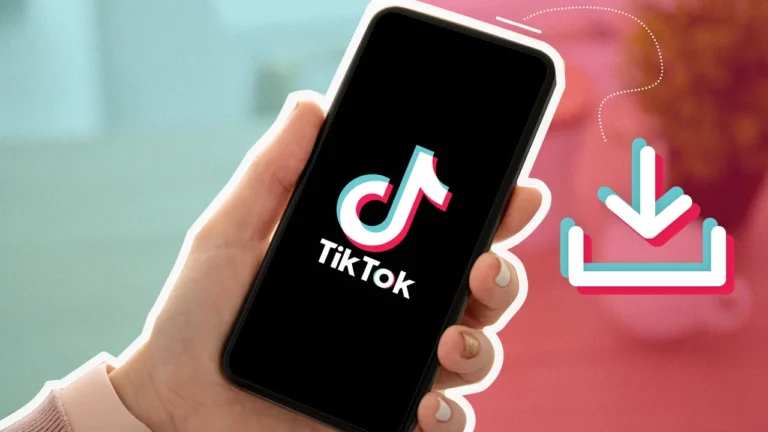
The Old Contract Is Dead
The ground beneath traditional employment has been crumbling for years, but 2025 marks a tipping point. The steady job, once seen as the safest path, now looks brittle. People watch companies slash staff with little warning, see wages lag behind costs, and realize stability was always an illusion. Instead of waiting for a boss’s approval, more workers are deciding to fire the boss altogether and step into self-employment. This is not a temporary fad or just the gig economy recycled. It’s a structural shift, powered by technology, reinforced by culture, and demanded by economics.
The Economics of Escape
Inflation bites relentlessly, housing costs keep rising, and salaries don’t stretch. A paycheck that once guaranteed middle-class comfort now barely covers essentials in many cities. Meanwhile, layoffs have become ritual. The risk of dependence on one employer feels greater than the risk of betting on yourself. A freelance designer billing $60 an hour part-time can surpass the annual income of a full-time office worker, especially once commuting, taxes, and other hidden costs are factored in. Platforms built for online hiring make this calculation easier. They connect skilled workers to global demand without recruiters acting as gatekeepers. For many, the financial math makes leaving the cubicle less risky than staying in it.
Technology as the New Muscle
The biggest enabler of self-employment in 2025 is the toolset. A laptop and decent internet connection are enough to launch what looks like a small firm. AI assistants handle coding, editing, customer service, even legal research. Software stacks automate bookkeeping and marketing. What once required ten employees now requires one. And when distribution is handled through freelance service marketplaces, visibility is instant. Upwork, Fiverr, Shopinhome, and niche platforms for everything from tutoring to podcast editing have matured into serious revenue streams. Companies now shop for independent talent as casually as consumers buy products online. They don’t hesitate to hire freelance specialists for projects because it’s fast, cost-effective, and efficient. For the worker, this means global reach at the click of a button.
Culture Has Flipped Upside Down
Once upon a time, saying “I’m freelancing” was code for unemployment. The cultural perception has reversed. Today, the stigma is gone. Instead, there’s suspicion toward people who chain themselves to a single employer for decades. Younger generations grew up watching YouTubers, indie app makers, TikTok educators, and writers monetize their work directly. They don’t aspire to corporate loyalty. They aspire to autonomy. Social media showed them a thousand routes to independence. That cultural imagination changed the meaning of work itself. Companies reinforce this shift by making it normal to hire freelance workers for roles once reserved for staff. The very act of freelancing has moved from desperation to aspiration.
The Psychological Pull of Control
The emotional engine behind self-employment is control. Working for someone else means surrendering your schedule, your priorities, even your sense of identity. It means being slotted into tasks that may have no meaning. David Graeber called these “bullshit jobs,” and millions agree. Self-employment is chaos, but it’s your chaos. Even landing a project through online hiring platforms feels different than a manager assigning you work. Pitching, negotiating, winning a client—that agency is addictive. People don’t just want more money. They want ownership of their days, their work, and their reputation. That psychological hunger explains why many accept the volatility of freelancing rather than the stagnation of traditional employment.
Geography and Arbitrage
Digital nomadism has gone from Instagram fantasy to government policy. Countries from Portugal to Thailand roll out visas for mobile freelancers, eager to attract income-earners who spend locally. For workers, the math is irresistible. A freelance writer charging U.S. rates while living in Vietnam or Mexico gains enormous purchasing power. What feels like scraping by in New York becomes financial comfort abroad. Entire communities now orbit this lifestyle, built on co-working hubs, nomad visas, and freelance service ecosystems that keep income streams flowing no matter the location. Self-employment and mobility reinforce each other, turning the world itself into a workplace.
The Risks Are Brutal, but Still Worth It
There’s no need to romanticize self-employment. Feast and famine cycles are real. Clients vanish. Algorithms on platforms shift and wipe out leads overnight. Burnout is common. Insurance gaps can be terrifying. Many fail quietly. Yet the choice persists because the alternative doesn’t feel safe either. A so-called “steady job” can vanish with a quarterly earnings miss. Workers weigh chaos against captivity and choose chaos. At least self-employment carries upside.
Strategy Over Hustle
The smartest freelancers in 2025 aren’t chasing random gigs. They’re building portfolios. A little consulting, some digital products, maybe a subscription community or an online course. Diversified income streams act like a hedge fund of skills. And AI supercharges it. A writer leverages AI to deliver ten times the content. A coach floods TikTok with edited clips daily. A developer launches SaaS prototypes solo. Platforms that allow companies to hire freelance talent are no longer side hustles; they’re strategic foundations. Freelancers aren’t just surviving—they’re scaling.
Governments Struggle to Catch Up
The state is lagging. Tax codes, labor laws, and benefits were designed for full-time employment. They don’t fit the patchwork incomes of freelancers. Some governments experiment with portable benefits or special tax rules. Others lure freelancers with digital nomad visas. What’s clear: the structure of social contracts is being forced to change. Workers no longer tie their identity to corporations, and governments are adjusting to that reality whether they like it or not.
The Future Worker as a One-Person Company
The trajectory is clear: millions of individuals functioning as micro-firms. Each runs lean, armed with AI, visible on online hiring platforms, judged by reputation rather than geography. Unions may give way to digital guilds. Resumes fade; portfolios dominate. Ask someone in 2030 where they work and they might shrug. The better question will be: what do you produce? Companies already show where this goes—they increasingly hire freelance specialists instead of full-time staff because the flexibility is unmatched. Workers lean in, because independence feels more rational than loyalty.
Practical Survival Tactics
For anyone considering the leap, reality checks help. Skill first. Hone something the market already pays for. Build a presence across multiple online hiring sites, but never depend on one pipeline. Price your freelance service by value delivered, not hours logged. Treat your profile, portfolio, and client reviews like your storefront—they are your brand. Bank aggressively during feast months to weather the famine. Use AI to cut costs, automate drudgery, and amplify what makes you unique. Above all, don’t expect comfort. Expect volatility, but volatility with upside.
Closing Shot
Self-employment in 2025 isn’t rebellion for rebellion’s sake. It’s rational adaptation. Economic pressures, cultural imagination, psychological hunger, and technological empowerment all converge here. The corporate job lost its grip. The individual is armed with tools and platforms. And through online hiring, through every kind of freelance service, through companies choosing to hire freelance instead of hire full-time, people are reclaiming ownership of their work. Messy, unstable, exhilarating—this is the new normal. Once people taste autonomy, it’s hard to go back to being called a “resource.”





